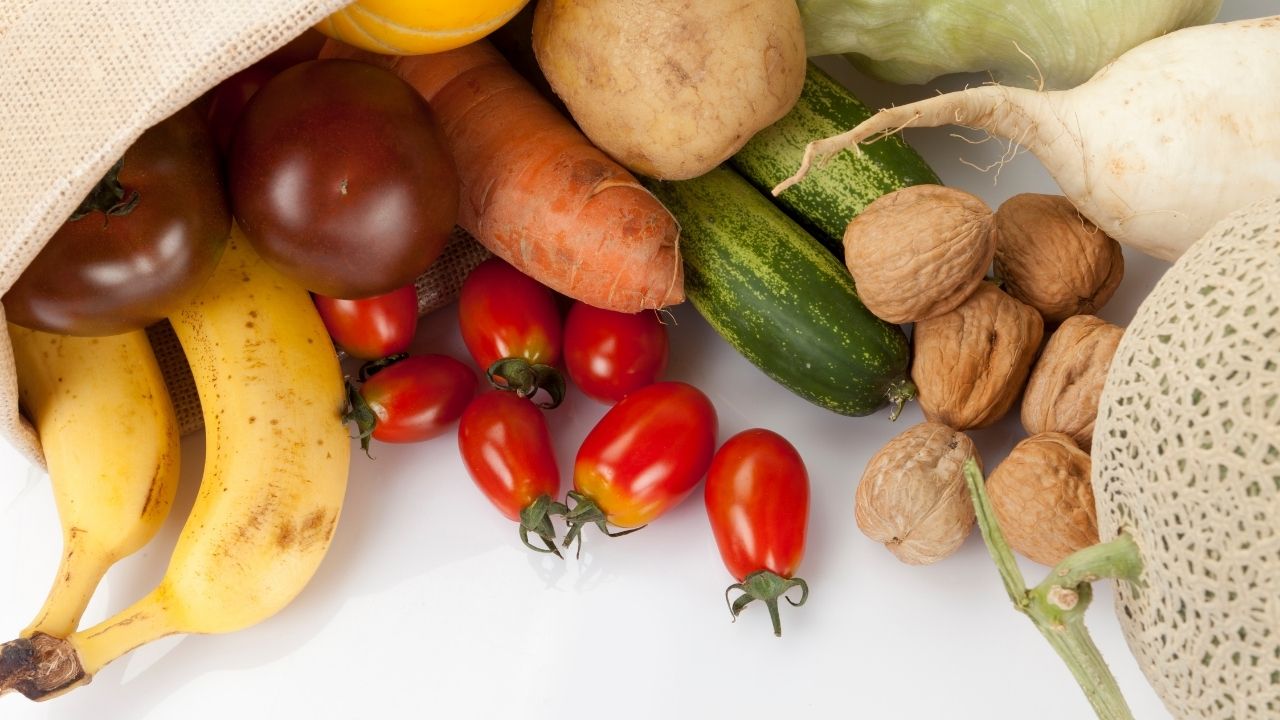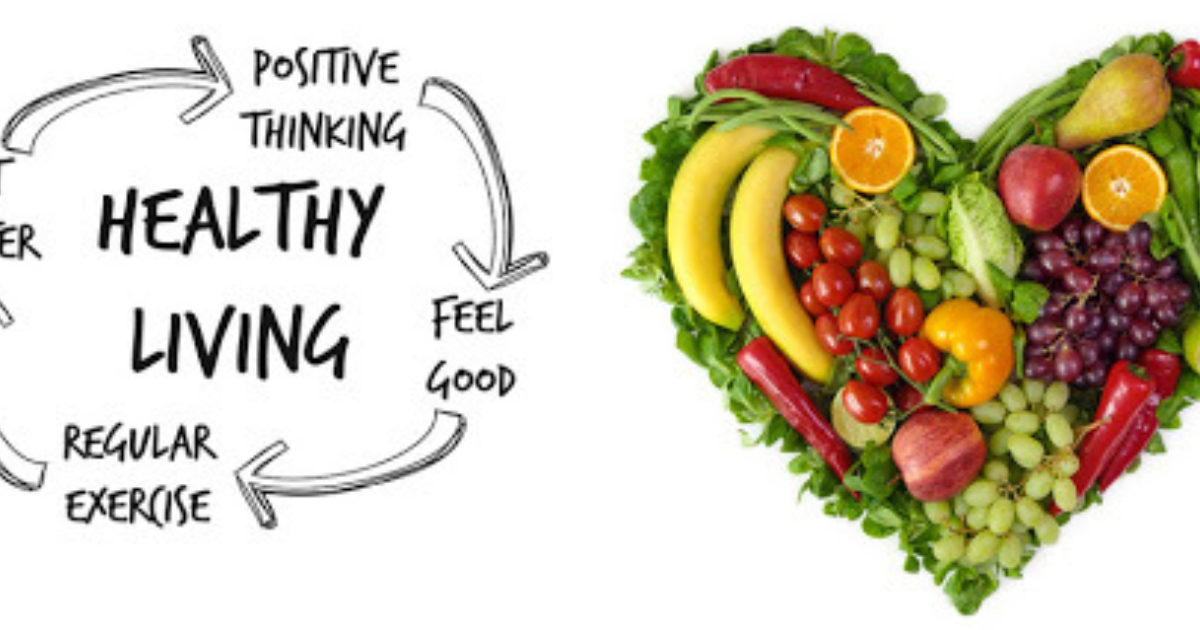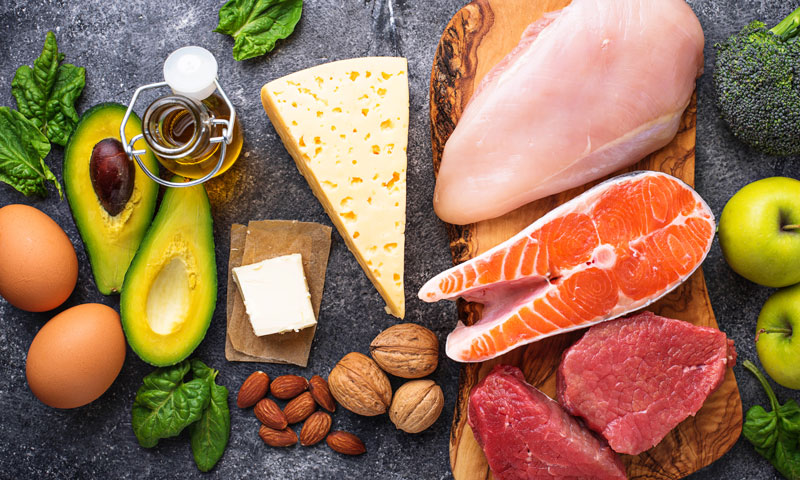
Popcorn, a delicious, nutritious whole grain, is a great snack option for kids and adults alike. Popcorn is easy and quick to make. You can also get fiber, vitamins, minerals, and the perfect crunch. You can also use whole grain English muffins and pre-made pizza dough instead of refined grains. Both are delicious and healthy. You can even make your very own recipe depending upon the variety.
Always check the nutrition label to find the best healthy snack. A healthy snack will have more protein and less sugar. There are low-sodium options for many popular snacks. Attention must be paid to the portion size. The smaller the serving size, the better. You should also look for products with higher levels of fat or fiber. Whole-grain crackers that are high in fiber and whole grains are also good options. You can also make your own healthy snack cakes.

Offer a fruit and vegetable smoothie to your child in the afternoon. You can encourage your child to eat a small amount of fresh fruits and vegetables throughout the day, which will help them avoid binging or overeating at dinner. You can also offer your child protein-rich foods such as ramen noodles. For kids, frozen fruit bars or low-fat pudding make great healthy snacks. Another healthy snack is a yogurt made with milk, plain yogurt, and frozen or fresh fruit.
When choosing a snack to eat, think about the impact it has on your health and the environment. Choose snacks with a high-fiber content that contain only 100 calories per serving. High-fiber snacks can decrease your desire to eat. Snacks containing less than 10 grams of sugar are a sweet and easy option for people on a tight schedule. Plan ahead when planning a party to make sure you have a snack that is healthy, tasty, and easy to carry.
Snacks, which are essential to any celebration, should include both protein and fat as well as vegetables. These are all great options as snacks. You can make healthy snacks for your kids by offering them avocado cubes or almond butter. As an alternative to raw foods, your child can have roasted chickpeas as a snack or a hard-boiled yolk. Both are healthy options for snacks.

A healthy snack can be made from foods your children can make. Cheesey patties can also be made from shredded carrots to make a healthy snack. They are also a good option for those with a sweet tooth. Healthy snacks are a great way to get in some vegetables, and they make a good treat for children. To add some protein and fiber to your snack, you can also make your own nuts butter.
Granola bars, which are high in protein and fiber, can be made at your home for as low as $1 per bar. You can make a multi-seed cracker at home using a high-quality recipe. It can last up to a week. Try these healthy snacks if you want a healthy snack that won’t cause weight gain. You won't regret it!
FAQ
How to measure body weight?
A Body Fat Analyzer can be used to measure body fat. These devices can be used to measure body fat percentages in people who are trying to lose weight.
Which lifestyle is best for your health?
The healthiest lifestyle to live is one where you eat healthy food, exercise regularly, sleep well, and avoid stress. This will ensure that you live a long healthy life.
Starting small can make a big difference in your diet, and even your exercise routine. If you're looking to lose weight, walk for 30 minutes each morning. You can also take up dancing or swimming if you are looking to be more active. You could also join an online fitness program like Fitbit or Strava that tracks your activity levels.
How much should my body weight be for my height? BMI chart & calculator
Calculating your body mass index (BMI), is the best method to calculate how much weight to lose. The healthy BMI range for a healthy person is 18.5 to 24.9. Weight loss is possible if you aim to lose approximately 10 pounds per week. To calculate your BMI, simply enter your height and weight into the BMI calculator.
To see if you're overweight or obese, check out this BMI chart.
Statistics
- WHO recommends consuming less than 5% of total energy intake for additional health benefits. (who.int)
- According to the Physical Activity Guidelines for Americans, we should strive for at least 150 minutes of moderate intensity activity each week (54Trusted Source Smoking, harmful use of drugs, and alcohol abuse can all seriously negatively affect your health. (healthline.com)
- In both adults and children, the intake of free sugars should be reduced to less than 10% of total energy intake. (who.int)
- This article received 11 testimonials and 86% of readers who voted found it helpful, earning it our reader-approved status. (wikihow.com)
External Links
How To
What does "vitamin" actually mean?
Vitamins are organic substances found naturally in food. Vitamins help us absorb nutrients from foods we eat. Vitamins cannot be made by the body; they must be taken from food.
There are two types vitamins: water soluble or fat soluble. Water-soluble vitamins dissolve quickly in water. Vitamin C,B1(thiamine), B2 (2riboflavin), and B3 (3niacin), as well as vitamin C,B1, B2 (riboflavin), and B3 (niacin), vitamin B6 (pyridoxine), vitamin folic acid (biotin), pantothenic, and choline are examples. Fat soluble vitamins are stored in the liver and fatty tissue. You can find vitamin D, E K, A, beta carotene, and other fat-soluble vitamins.
Vitamins are classified according their biological activity. There are eight major categories of vitamins.
-
A – Essential for normal growth, and the maintenance of good health.
-
C – essential for proper nerve function.
-
D - necessary for healthy bones and teeth.
-
E is required for good vision and reproduction.
-
K - Required for healthy nerves and muscles.
-
P - Vital for strong bones and teeth.
-
Q - Aids digestion and iron absorption
-
R - Required for red blood cell production
The recommended daily allowance for vitamins (RDA) varies based on gender, age, and physical conditions. RDA values are set by the U.S. Food and Drug Administration (FDA).
For adults over 19, the RDA for vitaminA is 400 micrograms per daily. Because it is essential for the development of the fetus, pregnant women should consume 600 micrograms per daily. Children ages 1-8 require 900 micrograms per day. Infants under one year of age require 700 micrograms per day, but this amount decreases to 500 micrograms per day between 9 months and 12 months of age.
Children aged 1-18 years need 800 micrograms daily, while children overweight require 1000 micrograms per days. Children who are severely obese or underweight will need 1200 micrograms each day.
2200 mg of vitamin A per day is required for children aged 4-8 who have been diagnosed by anemia.
2000 micrograms are required daily for good health in adults over 50. Mothers who are pregnant, nursing, or have a high nutrient need will require 3000 micrograms a day.
Adults over 70 years of age need 1500 micrograms per day since they lose about 10% of their muscle mass each decade.
Women who are pregnant, nursing or breastfeeding need more than the RDA. Pregnant woman need 4000 micrograms daily in pregnancy, and 2500 per day after childbirth. Breastfeeding mothers need 5000 micrograms per day when breast milk is being produced.